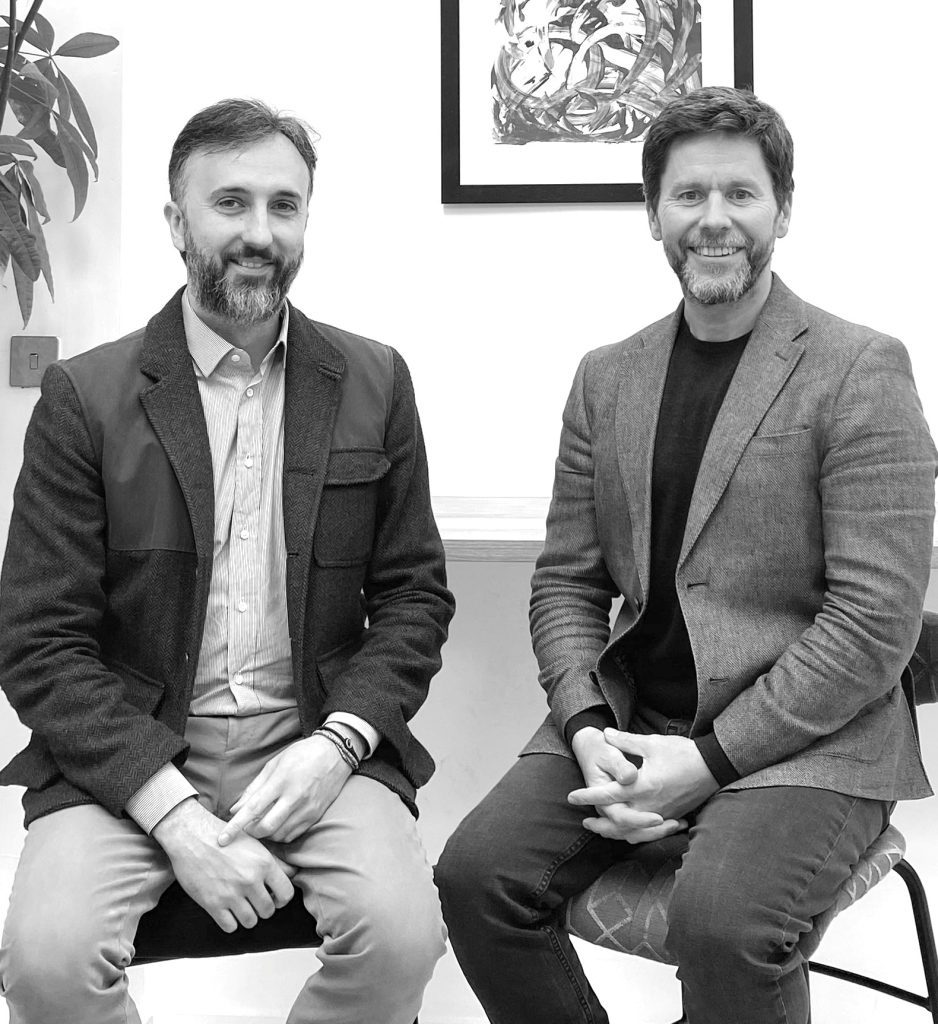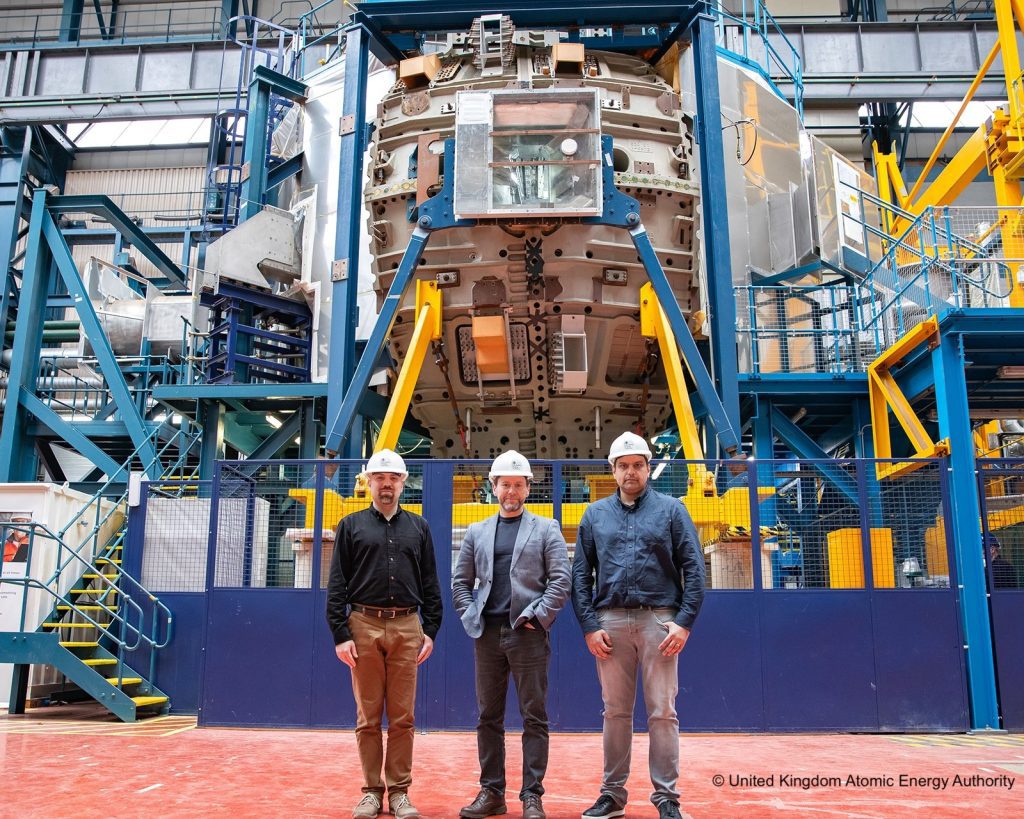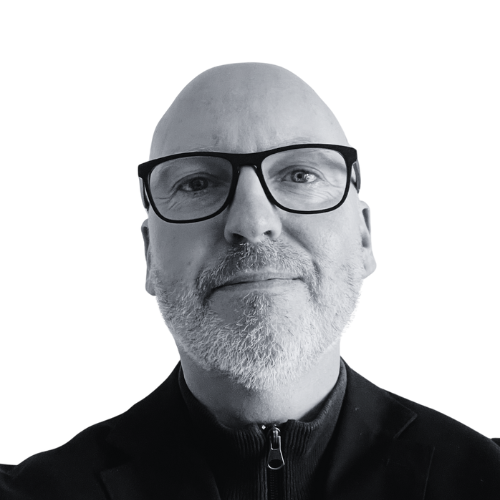Materials
Advanced materials: 2025’s breakthrough year and what comes next in 2026
Reading time: 5 mins
Bristol-based Duality Quantum Photonics didn’t intend to disrupt signal processing. But a request from the UK Atomic Energy Authority helped the start-up uncover a commercial opportunity hidden in plain sight…
When the UK Atomic Energy Authority approached a small Bristol start-up for help, it wasn’t expecting a significant breakthrough. Neither was the start-up. The challenge seemed like a narrow one – process optical signals faster to improve error detection inside a fusion reactor. Sounds simple enough, right? But what Duality Quantum Photonics uncovered in trying to solve it has the potential to ripple far beyond fusion – as well as far sooner than its original quantum computing ambitions might have suggested.
The problem hinged on signal processing. More specifically, the signal processing algorithms that have powered telecommunications, radar, sonar, medical imaging, and even high-frequency trading since the 1960s. Though refined over time, the core performance of signal processing hadn’t fundamentally changed in decades. Until now. Duality’s team of quantum physicists and photonic engineers discovered a way to drastically accelerate signal processing using integrated photonic chips. The solution, developed to help detect faults in fusion reactor systems, delivered a dramatic increase in processing speed, outperforming even the best traditional algorithms.
“We didn’t know it at the time, but solving that one problem opened the door to dozens of others,” says Anthony Laing, co-founder and CEO of Duality. “We thought we were helping UKAEA process fibre signals from a fusion reactor. What we found was a much bigger opportunity to rethink how we handle signal processing across the board.”
The breakthrough is already drawing attention. Signal processing underpins an enormous swathe of digital infrastructure, from 5G base stations to satellite comms and autonomous vehicles. In each of those, Duality’s processor could reduce latency, shrink hardware complexity, and improve energy efficiency. Not bad for a start-up originally focused on future quantum computers.
Founded by Laing and fellow quantum physicist Alberto Politi (who now serves as CTO), Duality was born from the University of Bristol’s renowned quantum photonics group. The company takes a full-stack approach. It designs its own photonic chips in Bristol and fabricates them in Southampton using commercial access to a cleanroom facility. What sets it apart is its use of thin-film lithium niobate (TFLN), a material that offers far greater bandwidth and switching speed than traditional silicon.

“We’re the only company in the UK, and one of just a few globally, that can design and fabricate in TFLN at full wafer scale,” says Laing. “It’s a sovereign capability, and we’re now launching that as a chip design and manufacturing service to others.”
Unlike silicon, which is limited in the range of light it can transmit, TFLN is broadband. It enables ultra-fast optical switching, precise modulation, and efficient on-chip routing – all essential for advanced communication systems. These characteristics make it a compelling candidate not just for quantum technologies, but also for the next wave of industrial applications in AI, aerospace, and network infrastructure. As silicon-based chips near their physical and thermal limits, photonic alternatives like Duality’s offer a credible and scalable path forward.
The ability to do everything in-house, from architecture design to chip fabrication, has enabled Duality to move fast, while maintaining quality control. It has also kept the company lean and investor-light.
To date, Duality has secured over £10 million in non-dilutive funding, including contracts with public and private sector partners and grants from Innovate UK. That discipline, Laing says, has helped the company stay focused and true to its roadmap.
“At the start, funding was a priority: win the contract, hit the deliverables, get the money,” he says. “We knew that deliverables that are not completely aligned with our trajectory can risk burning time. But at the same time, we knew that solving real problems could steer us toward a product market fit that we would not otherwise find.”
The signal processing breakthrough has also changed how Duality is solving today’s problems. What began as a speculative quantum computing venture is now offering real-world acceleration for industries facing compute bottlenecks. The company is already in discussions with firms in telecoms, defence, and energy, not just about quantum possibilities, but about how its photonic processors can solve practical performance issues today. That shift has opened new market opportunities, repositioning Duality as a credible commercial partner rather than a long-term R&D bet.

One area of growing interest is Duality’s TFLN Design and Manufacture service, aimed at companies that need high-speed photonic chips but lack in-house capabilities. Whether it’s quantum start-ups needing optical components or telecom firms seeking to improve signal processing, Duality can design and fabricate custom chips using its proprietary TFLN process.
“We’re seeing interest from companies that previously assumed they had to build everything from scratch,” says Laing. “Now they’re realising they can plug into what we’ve already developed.”
The start-up’s agile model is also part of the appeal. With a team drawn from ten countries and from some of the UK’s top physics and engineering programmes, Duality says it has built a culture around speed, creativity, and integrated thinking. And understanding what problems to solve for customers and the world.
“The pace of iteration is astonishing. If this were an academic group, it could publish a high impact paper every week,” notes business director Mustafa Rampuri. “But instead that talent and energy go into solving very hard but very real problems. That’s the superpower.”
That direction still includes quantum computing. The company recently won a £2.5 million Innovate UK award to build ‘Velox,’ a next-generation distributed quantum architecture, in partnership with UKAEA, BT, and the University of Bristol. Putting the pieces together, the signal processing breakthrough can tackle the error correction that is a barrier to quantum computing. But the company has something to offer the world right now – fast, programmable, light-based processors that can slot into existing digital infrastructure.
This momentum arrives at a crucial time for the UK, which has outlined ambitions to become a global leader in quantum and photonics technology. As geopolitical tensions elevate the importance of sovereign capabilities, having domestic expertise in high-performance chip design and manufacturing isn’t just commercially strategic, it’s nationally significant. Duality, in its understated way, may already be helping shape that future.
And perhaps most impressively, the company has done it, not by pitching a dream, but by solving a problem.
“We didn’t go looking for markets to match our chip,” says Laing. “We found a real-world problem, and in solving it, uncovered what the chip could really do.”

Working as a technology journalist and writer since 1989, Marc has written for a wide range of titles on technology, business, education, politics and sustainability, with work appearing in The Guardian, The Register, New Statesman, Computer Weekly and many more.
Quantum
Reading time: 10 mins
Quantum
Reading time: 10 mins
Quantum
Reading time: 11 mins
Robotics
Reading time: 1 mins
Quantum
Reading time: 3 mins